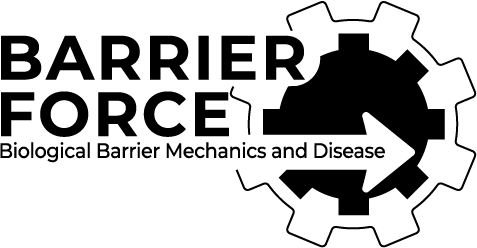Mechanical state transitions in the regulation of tissue form and function
Yanlan Mao, Sara A Wickström
Nat Rev Mol Cell Biol. REVIEW. 2024
ABSTRACT
From embryonic development, postnatal growth and adult homeostasis to reparative and disease states, cells and tissues undergo constant changes in genome activity, cell fate, proliferation, movement, metabolism and growth. Importantly, these biological state transitions are coupled to changes in the mechanical and material properties of cells and tissues, termed mechanical state transitions. These mechanical states share features with physical states of matter, liquids and solids. Tissues can switch between mechanical states by changing behavioural dynamics or connectivity between cells. Conversely, these changes in tissue mechanical properties are known to control cell and tissue function, most importantly the ability of cells to move or tissues to deform. Thus, tissue mechanical state transitions are implicated in transmitting information across biological length and time scales, especially during processes of early development, wound healing and diseases such as cancer. This Review will focus on the biological basis of tissue-scale mechanical state transitions, how they emerge from molecular and cellular interactions, and their roles in organismal development, homeostasis, regeneration and disease.
PMID: 38600372 | DOI: 10.1038/s41580-024-00719-x
